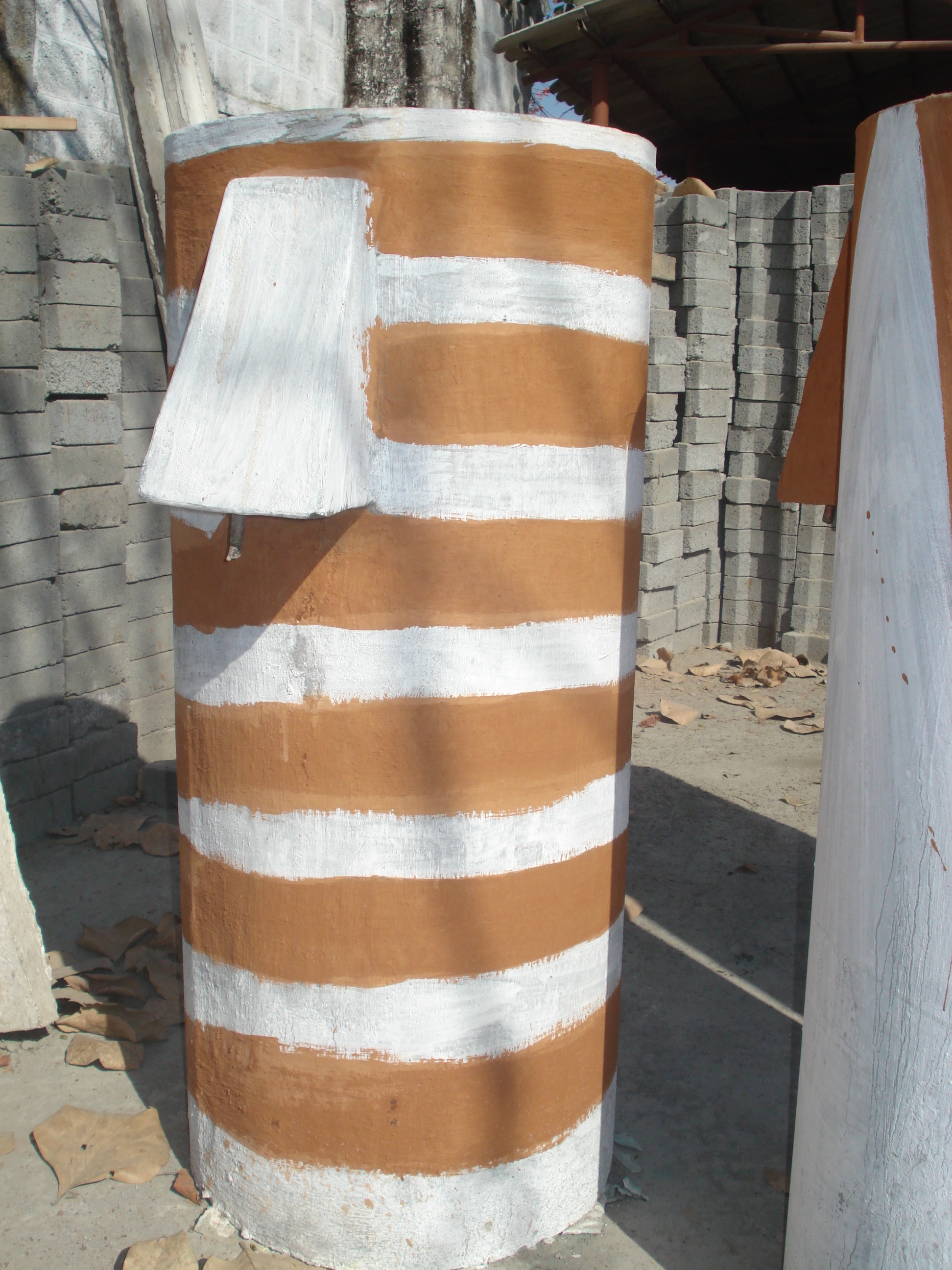|
Facilitating the Access of Rural Poor to Quality Water
Background
Water
is precious, and it has to be maintained not only for quantity but also
regarding quality. The impact of different environmental challenges and
manmade activsities is reflected not only in terms of depleted water but
also poorer quality of the existing water. The areas marked with poor
quality water resources are increasing at an unprecedented rate. It is
necessary to prevent the damage to water bodies in terms of quantity and
quality. Simultaneously, it is also urgent to provide everybody with
quality water and adapt to the challenges of environmental changes,
which are beyond the control at the local level.
Access to quality water at the rural level has a two-tier challenge: (a)
lack of awareness in rural people; and (2) lack of affordable and
applicable measures in the rural context. Awareness generation is one of
the important activities carried out by Development Alternatives (DA)
for different aspects, including water quality and its direct/indirect
impacts on human health and economic status. To provide safe water to
rural communities, DA started a few initiatives in form of community
level Jal TARA filter, which is now fast becoming a success story. There
are examples of people buying filtered water as per their requirement.
However, high initial investment, the need to pump water and centralised
filtration (which may not be suitable for all conditions) necessitates a
supplement approach, to ensure universal accessibility to safe water.
Domestic water filtration solution is a big step forward.

Bio Sand Filters:
Safe Water at Home
The Bio sand filtration technique is well known for its features of not
requiring any energy or chemicals and being suitable for rural areas.
This technique has also been tested successfully in various parts of
world. A few years ago, CAWAST provided the technology and training to
DA for casting the bio sand filters at local levels. This can be a
revolutionary way of providing safe water at the rural level as well as
creating livelihood options in form of casting the filters and selling
them to the community.
In rural areas, no matter how great the scarcity of water, people bring
water in 20-litre containers. The water can be transferred into the
filter and collected from its outlet in 35-40 minutes, in the
same/similar pot. This process can be done two to three times a day,
filtering 45-60 litres water per day. So, practically, there is no need
of changing a community’s habits except just passing the water once
through the filter whenever people fetch the water.
Options for
Livelihood Creation

Casting the concrete filter and its installation requires some specific
skills which are quite easy to learn, but the process needs
understanding of the basic critical parameters and criteria. This is an
apt opportunity for persons with entrepreneur skills to earn while
providing filters at the local/rural level. The investment required to
initiate the enterprise is about Rs 10,000, which is a bit high
considering the severe drought situation in Bundelkhand region.
Moving Ahead: Low
Investment – Nominally Priced Filters
While discussing with the entrepreneurs and judging their investment
capacity as well as the returns on investments, it was felt that the
initial investment was a bit high, especially when trying to limit the
pricing of filters based on the market (purchasing capacity as well as
alternative products available). Alternatives to the containers were
thought of: markets were explored; discussions with different
stakeholders carried out. Al last, a better and cheaper alternative came
up and the new mould required considerably low initial investment, low
labour requirement and the ability to produce filters at an economic
cost. All this was done without sacrificing the original technical
design parameters. The best thing was that it was a small modification
and refinement in traditional ways of making tanks, redesigned to make
it capable of producing tanks suitable for using for bio sand filters.
The product is named as Sonam Jal Filter, able to produce water as pure
as gold, i.e., sona (but not at that cost).
Now, the Bio sand
filters possess the following features:
•
Considerably low initial investment for the person who will facilitate
the safe water, through casting and selling them in the rural community
(priced at Rs 3,000)
•
Rural masons are accustomed of casting such concrete/ ferro cement
tanks, so training is required only for a few components.
•
Filter pricing is further lowered (approximately Rs 350, depending on
local material availability)
•
Low labour-intensive process of casting
•
One of the cheapest bio sand filters in the world
It is expected that the bio sand filters in their existing form will be
able to positively affect the life of the masses, by way of ensuring
their good health and providing more livelihood opportunities to the
rural poor.
q
Sonal Kulshreshtha
skulshreshtha@devalt.org
Back to Contents |